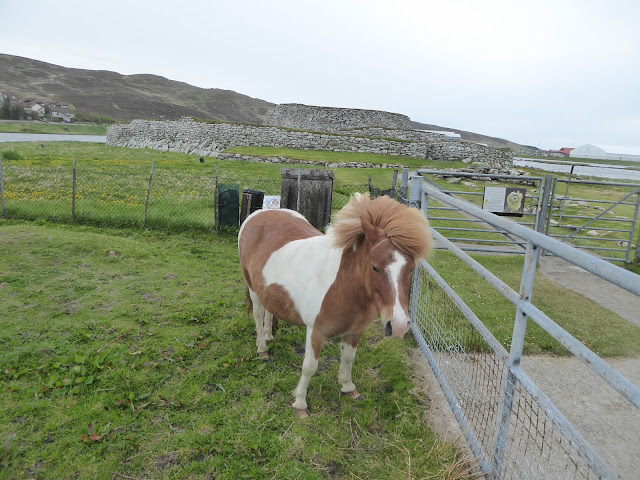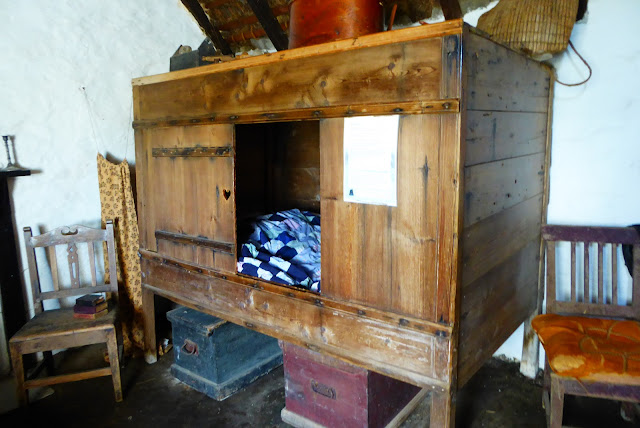Shetland is all about the ponies and lack of sleep and weather and the far north and history and ponies!.
We have just come to the end of 6 days staying in a hostel in Lerwick in Shetland, in a 12 bed female dorm room with up to 6 other women, a number of whom snored. The latest one stayed two nights and kept everyone awake while she slept soundly. The night before that we had a girl who woke us all up at 2.30am screaming "HELP!" and then mumbled 'Sorry, it was only a dream'. Let's say, I am not exactly a fan of dorm sleeping.
The days are long. Sunrise at 4am and sunset at 10pm. Not a lot of rain, but plenty of cloud, fog, wind, cold and sunshine. Our second day looked like this:
But we had a few days of this!
And a bit of this. But almost no rain.
Shetland is the UK's northern most place. It a group of 300 islands, 16 of which are inhabitated by 23,000 people. We visited 7 islands - Shetland, Muckle Roe, Mousa, East Burra, West Burra, Yell and Unst.
The UK's northern most house is a single farm house at Skane on the island of Unst. Skane is as far north as the southern tip of Greenland!
The UK's northern most lighthouse is Muckle Flugga, on a rock near Skane.
We were buzzed three times by 2 RAF Typhoon jets while photographing the lighthouse from a hill topped by a radar installation. We know that's what the jets were because a man in uniform appeared. He was quite excited to see the planes flying over. We were actually more worried about the bonxies, more correctly called Giant Skuas. These are a large sea bird that will attack humans quite viciously if we stray too close to their nests. There were a lot of bonxies soaring on the air currents above us and they are five or six times bigger than magpies.
The UK's northern most tea house is Victoria's Tea House in Haraldswick on Unst. We had morning tea and lunch here because there is not much else at Haraldswick.
Even this far north we could not escape the royal wedding! Victoria was flying this flag.
Not quite the northern most bus stop, but almost. This one is famous as a local decorates it regularly. The current theme celebrates Emily Pankhurst and the Suffragettes' campaigns for votes for women. It even has a visitors book which I wrote in.
We also put pins into two visitors maps here, one in the museum at Haraldswick where we were the only Tasmanians and another at an information centre at Hoswick on the main island of Shetland where there was one other pin on the east coast of Tassie. We love telling people we come from Tasmania and then watching their puzzled expressions as they try to work out where in the world that is. We usually have to add "It's in Australia - the island at the bottom."
This is Lerwick, home to over 7,000 people - a third of Shetland's population.
350 year old Fort Charlotte, in the middle of town.
Lerwick is a port town - lots of docks for cargo, ferries, oil, fishing and cruises.
Old wooden boats make good shed roofs in a place that has virtually no trees left for wood. We saw several of these sheds.
If you have watched the Shetland series on TV, you should recognise this house.
A small version of newer wooden houses being built on Shetland, painted in many different colours. Very Scandinavian.
Not Lerwick, but it shows the Scandi house colours.
Ponies and an Iron Age broch in the suburbs.
More on the history in the next post!
Shetland does not feel at all Scottish even though it is officially part of Scotland. It has more of a Scandinavian, or Norwegian feel, but it is not Norwegian either. It is something else, something other, something all on its own.






























































